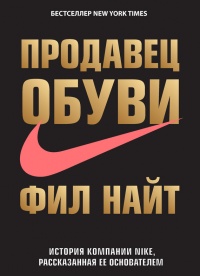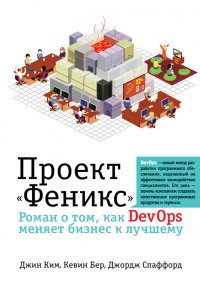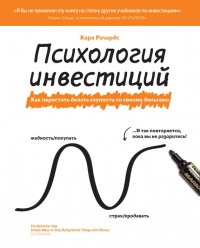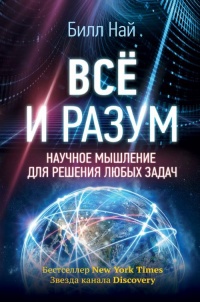Книга Левое полушарие-правильные решения. Мыслить и действовать. Как интуиция поддерживает логику - Фил Розенцвейг
На нашем литературном портале можно бесплатно читать книгу Левое полушарие-правильные решения. Мыслить и действовать. Как интуиция поддерживает логику - Фил Розенцвейг полная версия. Жанр: Книги / Домашняя. Онлайн библиотека дает возможность прочитать весь текст произведения на мобильном телефоне или десктопе даже без регистрации и СМС подтверждения на нашем сайте онлайн книг knizki.com.
Шрифт:
-
+
Интервал:
-
+
Закладка:
Сделать
Перейти на страницу:
Перейти на страницу:
Внимание!
Сайт сохраняет куки вашего браузера. Вы сможете в любой момент сделать закладку и продолжить прочтение книги «Левое полушарие-правильные решения. Мыслить и действовать. Как интуиция поддерживает логику - Фил Розенцвейг», после закрытия браузера.
Книги схожие с книгой «Левое полушарие-правильные решения. Мыслить и действовать. Как интуиция поддерживает логику - Фил Розенцвейг» от автора - Фил Розенцвейг:
Комментарии и отзывы (0) к книге "Левое полушарие-правильные решения. Мыслить и действовать. Как интуиция поддерживает логику - Фил Розенцвейг"
























